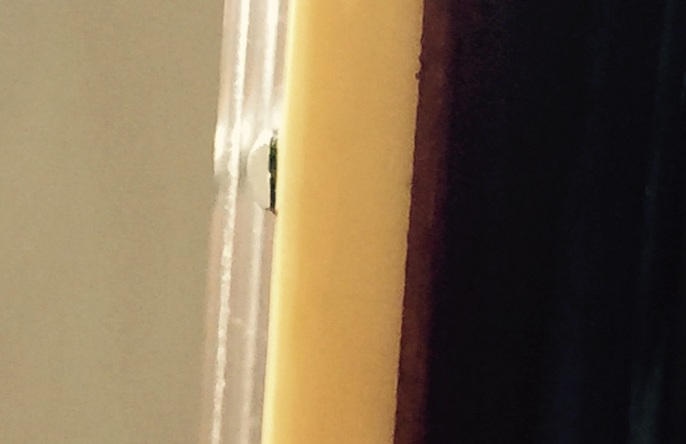I know this probably sounds like a biomechanics post. But thankfully my human neck is fine! It’s my guitar neck. All of them. It’s drying out rapidly here in NYC as the temperature drops, and the necks are all going super straight. Even strung with 12s and the truss rod so loose that the nut spins, I’m getting string buzz.
I think it may be time to try and clamp in some relief/bow, the reverse to what the always-amazing Dan Erlewine does in this clip:
Has anyone had this issue, and have you tried the clamp technique, and did it work? Do I need to put this in oven or apply heat gun or something?



